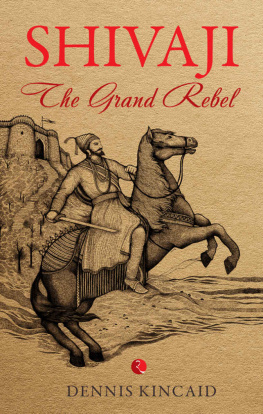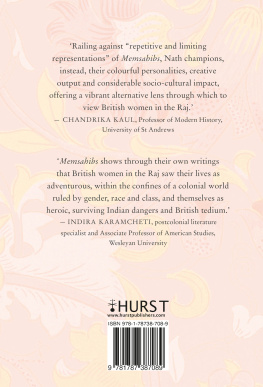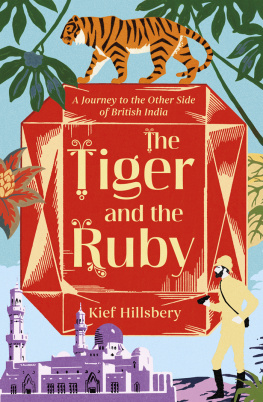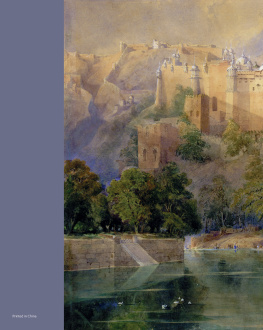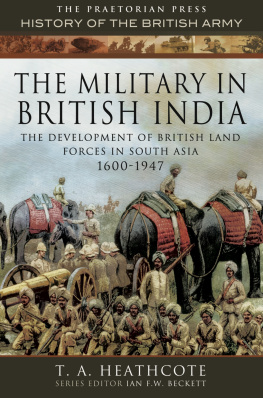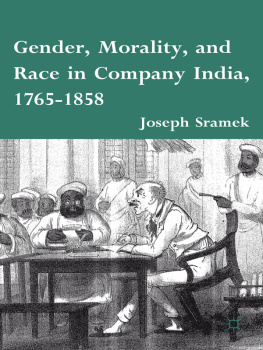First published in 1938 by George Routledge & Sons, Ltd.
This edition first published in 2018 by Routledge
2 Park Square, Milton Park, Abingdon, Oxon, OX14 4RN and
by Routledge
711 Third Avenue, New York, NY 10017
Routledge is an imprint of the Taylor & Francis Group, an informa business
1938 Taylor & Francis
All rights reserved. No part of this book may be reprinted or reproduced or utilised in any form or by any electronic, mechanical, or other means, now known or hereafter invented, including photocopying and recording, or in any information storage or retrieval system, without permission in writing from the publishers.
Publisher's Note
The publisher has gone to great lengths to ensure the quality of this reprint but points out that some imperfections in the original copies may be apparent.
Disclaimer
The publisher has made every effort to trace copyright holders and welcomes correspondence from those they have been unable to contact.
A Library of Congress record exists under ISBN: 39021580
ISBN 13: 978-1-138-60265-6 (hbk)
ISBN 13: 978-1-138-60267-0 (pbk)
ISBN 13: 978-0-429-46266-5 (ebk)

VESTIBULE OF DUPLEIX' PALACE AT PONDIGHRY
From a Plan at the Ministre des Colonies , Paris
ON April 4, 1579, Father Stevens of the Society of Jesus sailed from Lisbon for the East Indies. He was the first Englishman known to have reached India. His name is still remembered with gratitude and affection by many Indians; for he was one of the earliest writers in Marathi, one of the pioneers of that language which he considered the most graceful and elegant he had ever come across; and he was the only European who has ever written a considerable poem in any Eastern language. The son of a rich London merchant, he was an ardent Catholic, and after studying the classics at New College he went to Douai to be trained for the priesthood. He came under the influence of Campion and entered the Society of Jesus. He felt drawn to the mission-fields of the East, enthralled by stories of St. Francis Xavier's triumphs and all the romance of Jesuit endeavour in the China Seas, which excited his imagination in the same way that tales of Elizabethan seamen in the New World stirred the young Protestant apprentices he had known at his home in London.
The voyage was long and wearisome, and it must have been with great relief that he saw at last the long green coast-line of the Konkan, islands of moist sweet grass, the red soil and heavy trees, and far inland the jagged line of the Ghats. The ship rode into the calm waters of Goa Creek and on a hill rising from the dark jungle Father Stevens saw the great golden city, saw the walls and gateway, the white mass of the cathedral, the twin blue towers of St. Francis' convent, the vast faade of St. Augustine
When tired of Goa they wandered inland. Mr. Story entered the service of the Mogul Emperor as a jeweller. Mr. Newbery journeyed slowly to Persia and there disappeared. Mr. Fitch strolled serenely through Burma and the Shan States and arrived in England in time to be present at the foundation of the East India Company on September 24, 1599.
This first party of merchant-adventurers was followed by numerous others. These forerunners of the Nabobs were strangely diverse in character. There was Mildenhall who tried to supplant the newly-formed East India Company by a company consisting of himself and his friends. He lived three years at the Mogul court at Agra and then visited Persia where he " learned the art of poysoning by which he made away three other Englishmen... but himself tasted of the same Cup and was exceedingly Swelled, but continued his life many months with Antidotes ". They were allowed to perform before the assembled court. Canning played first, but the faint watery music of the virginals had no attraction for Jehangir's flamboyant court and the audience became restive, at which Canning nearly " dyed with conceipt ". It was left for Trully to uphold the reputation of European music. The first notes of his cornet caused a sensation. The Emperor asked if he might try this gorgeous instrument, and, finding it hard to manipulate, ordered all his musicians to learn the cornet. The Imperial Chief Bandmaster was annoyed at the favour shown to a foreign musician and insisted on trying the cornet after the Emperor. He blew so hard that he injured himself internally and died. In spite of this dramatic scene, Jehangir's interest in cornets soon waned and Trully only received fifty rupees for his entertainment. So Trully wandered south, hoping to repeat his success at the court of Golconda. Finding that his offers of a cornet-recital awoke no enthusiasm there, he decided to become a Musulman " which was kyndlye accepted by the Kinge. So Tryllye was circumcised and had a newe name given him and greate allowance from the Kinge".
But openings for English trade were won, not by the salesmanship of these wandering bagmen but by the rash and nonchalant bravery of a series of fighting seamen. In their choleric defiance of opposition there is a familiar ring. When the Musulman allies of the Portuguese sent Middleton a warning letter he replied, "You sent me a foolish paper, what it is I know not, nor care not. In God is my trust, and therefore respect not what the devil or you can do with
La Vieille Goa. Germano Correia. Imprimeire Rayal.
Quoted in Hakluyt's Voyages.
An echo of the popular interest in this expedition is in Shakespeare's
" Her husband's to Aleppo gone Master of the Tyger ..."
K. M. Pannika, Portuguese in Western India.
Correia, op. cit.
Fryer, New Account of the East Indies.
Hamilton, New Account of the East Indies.
Quoted in Foster, Early English Travellers.
Purchas, His Pilgrimes.
Letter from Thos. Aldworthe.
Thomas Kerridge.
Danver's Report on Archivo da Torre do Tombo.


